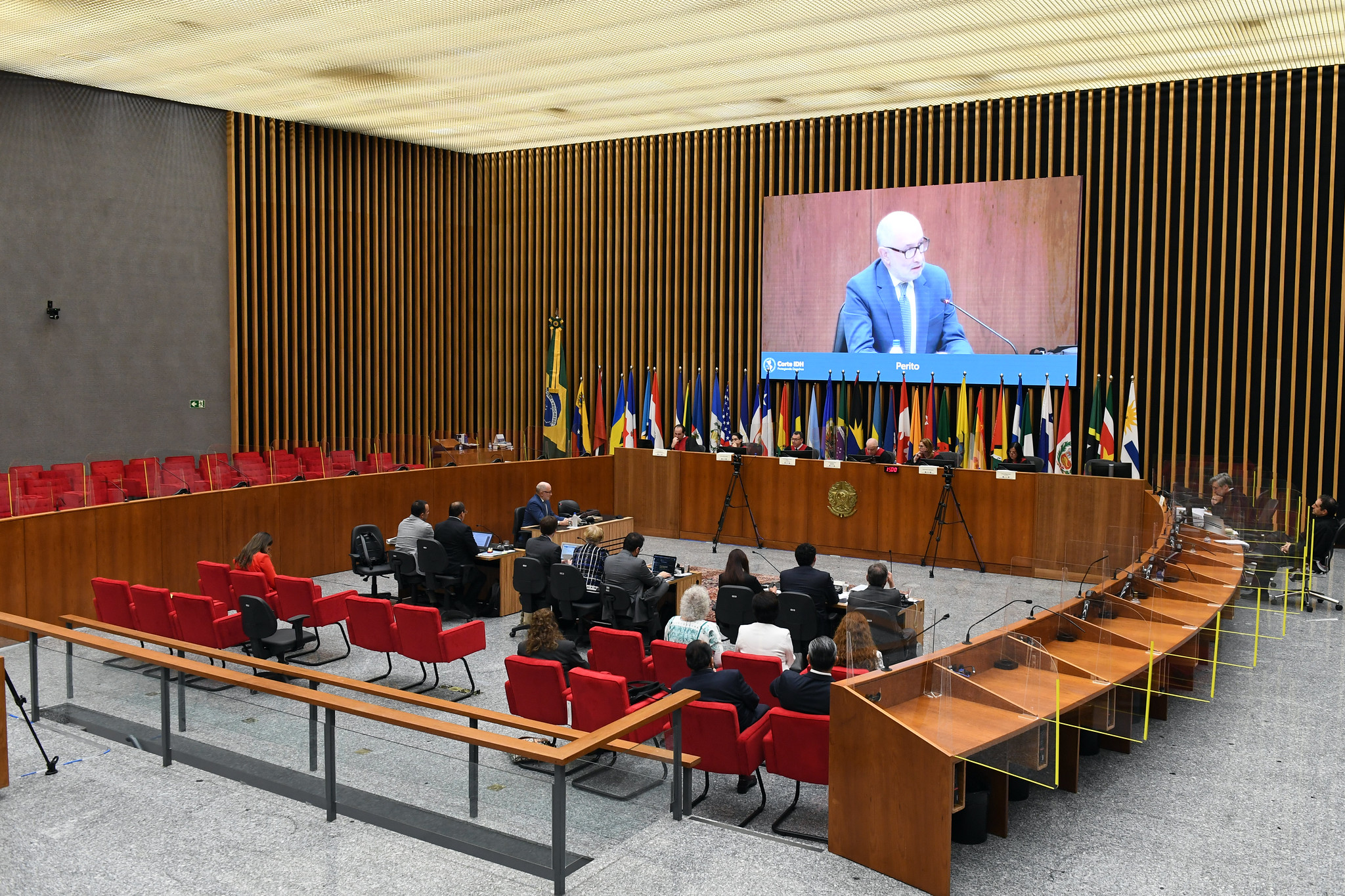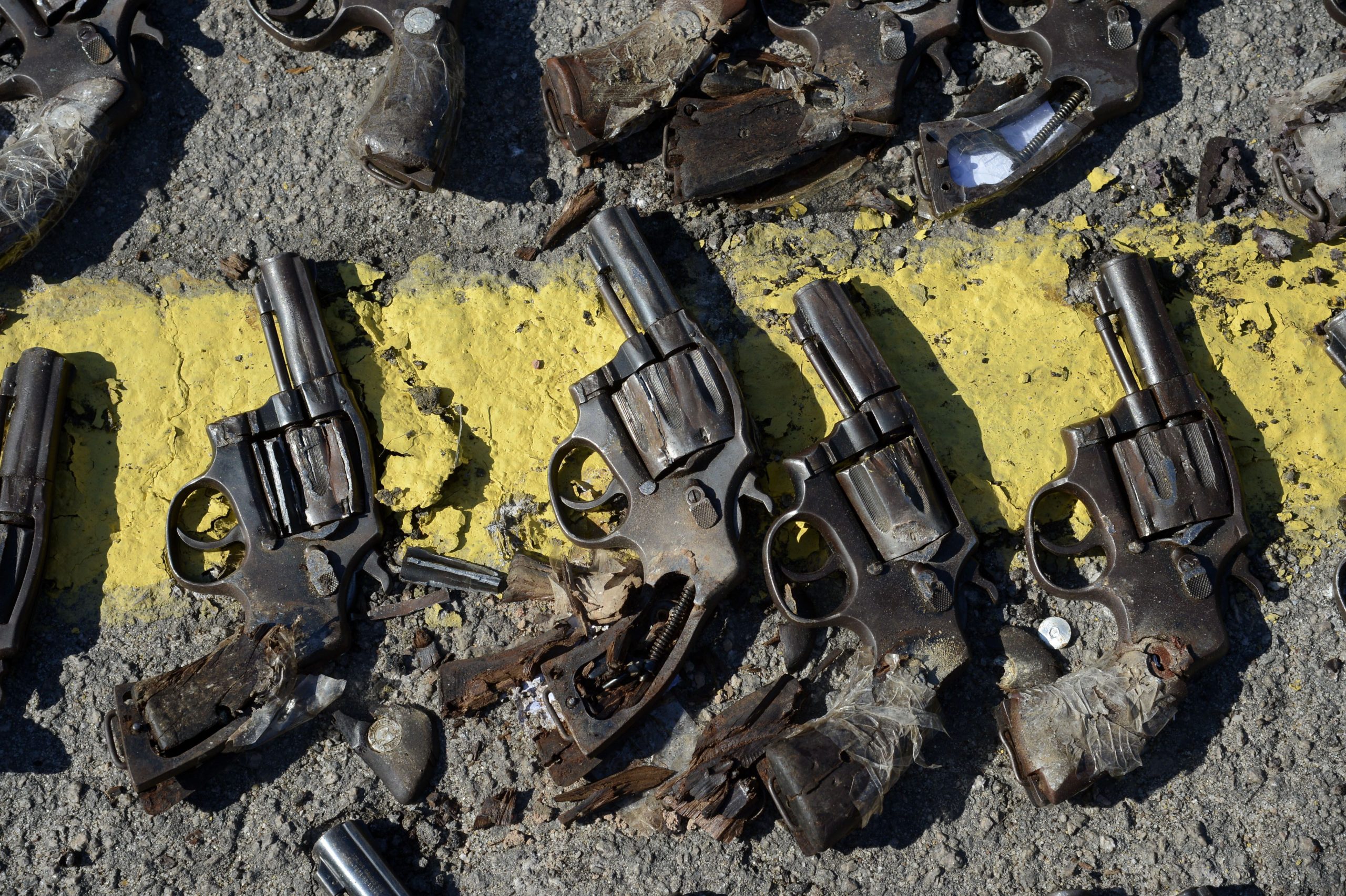6 decisions by international court to reduce the number of deaths in operations by São Paulo police
The Inter-American Court of Human Rights has condemned the Brazilian state for action by the São Paulo Military Police; The ruling highlights the importance of body cameras and police controls
 Foto: Corte Interamericana de Direitos Humanos
Foto: Corte Interamericana de Direitos Humanos
On 14 March the Inter-American Court of Human Rights (I/A Court HR), linked to the OAS, condemned the Brazilian state for a São Paulo Military Police operation that led to the deaths of 12 people in 2002 on the Castelinho highway in the interior of São Paulo.
Although the responsibility for the deaths lies with the São Paulo police, it is the Brazilian State that stands before the Inter-American Court of Human Rights. Therefore, central government must pay the compensations determined by the court, without the possibility of appeal.
Failures throughout the process
In the ruling, the judges pointed out serious failures and omissions in the collection and preservation of potential evidence, such as the lack of protection and alteration of the crime scenes, as well as the disappearance of evidence like the video tapes handed over to the Military Police. This indicates such a serious departure from criminal investigation norms that it suggests a deliberate intention to avoid examination of the facts and to ensure impunity.
The Court also ordered Brazilian authorities to adopt measures to reduce police lethality in São Paulo in general. These measures arise amidst another bloody police operation in the state, known as Operation Shield, later renamed Operation Summer.
Here are the six decisions of the I/A Court HR:
1- Control of police activity through the establishment of an independent and autonomous Police Ombudsman, with the power to investigate, to demand the presentation of documents and to oversee. It should be accountable to society. Also to strengthen independent and external supervisory bodies. Police activity should be monitored by the Public Prosecutor’s Office, which should oversee both criminal conduct and deviations in the implementation of public policies.
2- Installation of GPS and audio-video recording systems in police vehicles and on uniforms (body cameras), with subsequent digital storage of recordings, as well as monitoring of their effective and proper use.
3- Structuring of internal departments within the Public Prosecutor’s Office to carry out external control of the Police, with the introduction of independent investigation procedures for cases of deaths and other human rights violations committed by police officers.
4- Creation of a Lethality Commission, within the Public Security Secretariats of the federal states, composed of representatives from the Cabinet, the Military Police, the Civil Police, the Institute of Forensic Science and the Police Ombudsman. The participation of the Public Prosecutor’s Office, the Public Defender’s Office, Public Universities, research institutes working on the topic, human rights committees, social movements, and non-governmental organizations should be encouraged through invitations to monitor measures aimed at preventing and combating police lethality.
5- Ensuring that deaths resulting from police interventions are investigated by the relevant internal affairs department, without the skew of a police investigation. Within the Military Police, direct commanders or those of the battalions to which the involved officers are attached, should be prevented from conducting the investigation.
6- Establishing the legal obligation to notify the Public Prosecutor’s Office in advance of any police operation.


